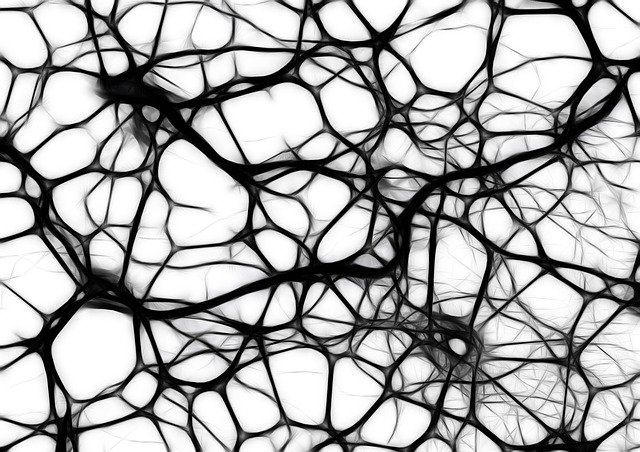
Every 40 seconds, someone has a stroke in the United States. Strokes have become the fifth leading cause of death and a leading cause of serious long-term disability and cost an estimated $34 billion a year.
According to the Centers for Disease Control and Prevention ?CDC1 in 20 adult deaths is due to stroke. And many are preventable.
When a stroke occurs, parts of the brain are damaged and can begin to die within minutes.
National figures reveal that southern states have shown a significant increase in the number of deaths from the disease. People in the African-American community have the highest rates of death from this cause.
However, among Latinos they have increased 6.0 percent each year from 2013 to 2015.
As of 2018, the city of East Palo Alto ranked as the San Mateo County city with the highest percentage of adults who had a stroke - 2.9 percent - while Redwood City reported 2.3 percent of its adult residents had a stroke.
What are strokes?
The Mayo Clinic says a stroke occurs when the blood supply to a part of the brain is interrupted or reduced, preventing the tissue from receiving oxygen and nutrients, so brain cells begin to die within minutes.
A stroke is a medical emergency, and prompt treatment is crucial. Early action can reduce brain damage and other complications.
Identifies symptoms
If you or someone you're with may be having a stroke, pay special attention to when symptoms began. Some treatment options are most effective when given soon after the stroke begins, explains the Mayo Clinic.
Signs and symptoms of stroke include:
- Difficulty speaking and understanding what others are saying. You may experience confusion, difficulty articulating words, or difficulty understanding what is being said.
- Paralysis or numbness of the face, arm, or leg. You may develop sudden numbness, weakness or paralysis in your face, arm or leg. This often affects only one side of your body. Try to raise both arms above your head at the same time. If one arm starts to fall, you may be having a stroke. Also, one side of your mouth may droop when you try to smile.
- Trouble seeing in one or both eyes. Sudden blurred or blackened vision in one or both eyes, or seeing double.
- Headache. A sudden, severe headache, which may be accompanied by vomiting, dizziness or altered consciousness, may indicate that you're having a stroke.
- Trouble walking. You may stumble or lose your balance. You may also have sudden dizziness or loss of coordination.
Seek medical attention immediately
You need to remember that timing is crucial in these cases, so you should seek medical attention immediately if you notice any signs or symptoms of a stroke, even if they seem to come and go, or disappear altogether.
Check
Cara. Ask the person to smile. Does one side of the face droop?
Arms. Ask the person to lift both arms. Does one arm tend to fall? Or can't lift one arm?
Speak to. Ask the person to repeat a simple sentence. Does he or she slur the words or speak strangely?
If you notice any of these signs, call 911 or an emergency medical service right away. Don't wait to see if the symptoms go away. Every minute counts. The longer it takes to treat a stroke, the greater the chance of brain damage and disability.
Risk Factors
Many factors can increase the risk of stroke. Those that are potentially treatable include lifestyle-related risk factors such as being overweight or obese, physical inactivity, excessive drinking or binge drinking, and use of illegal drugs such as cocaine and methamphetamine.
Medical risk factors include high blood pressure; cigarette smoking or exposure to secondhand smoke; high cholesterol; diabetes; obstructive sleep apnea; cardiovascular disease, including heart failure, heart defects, heart infection, or abnormal heart rhythm, such as atrial fibrillation; personal or family history of stroke, heart attack, or transient ischemic attack; and COVID-19 infection.
Recent studies also suggest that over the past 15 years, younger adults - ages 18 to 54 - have seen an increase in stroke hospitalizations, as well as an increase in risk factors among those hospitalized for stroke.
San Mateo County has an Emergency Medical Services stroke system. This system begins when 911 is called and paramedics transport patients with stroke symptoms to one of six stroke hospitals serving the county, including Seton Medical Center, Peninsula Hospital, Kaiser Permanente South San Francisco, Kaiser Permanente Redwood City, Sequoia Hospital and Stanford Hospital.
You may be interested in: FDA Gives Green Light to Alzheimer's Drug


